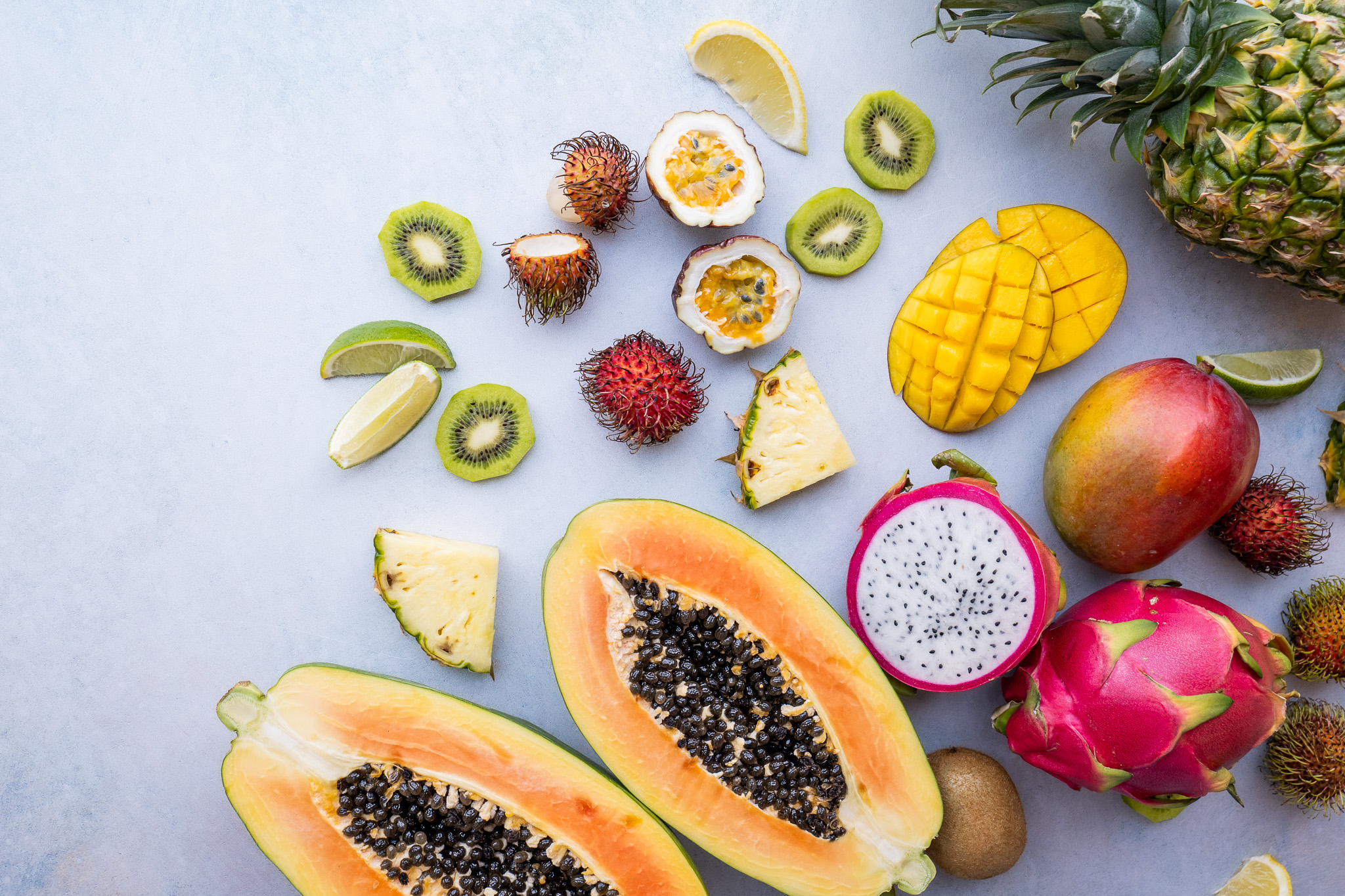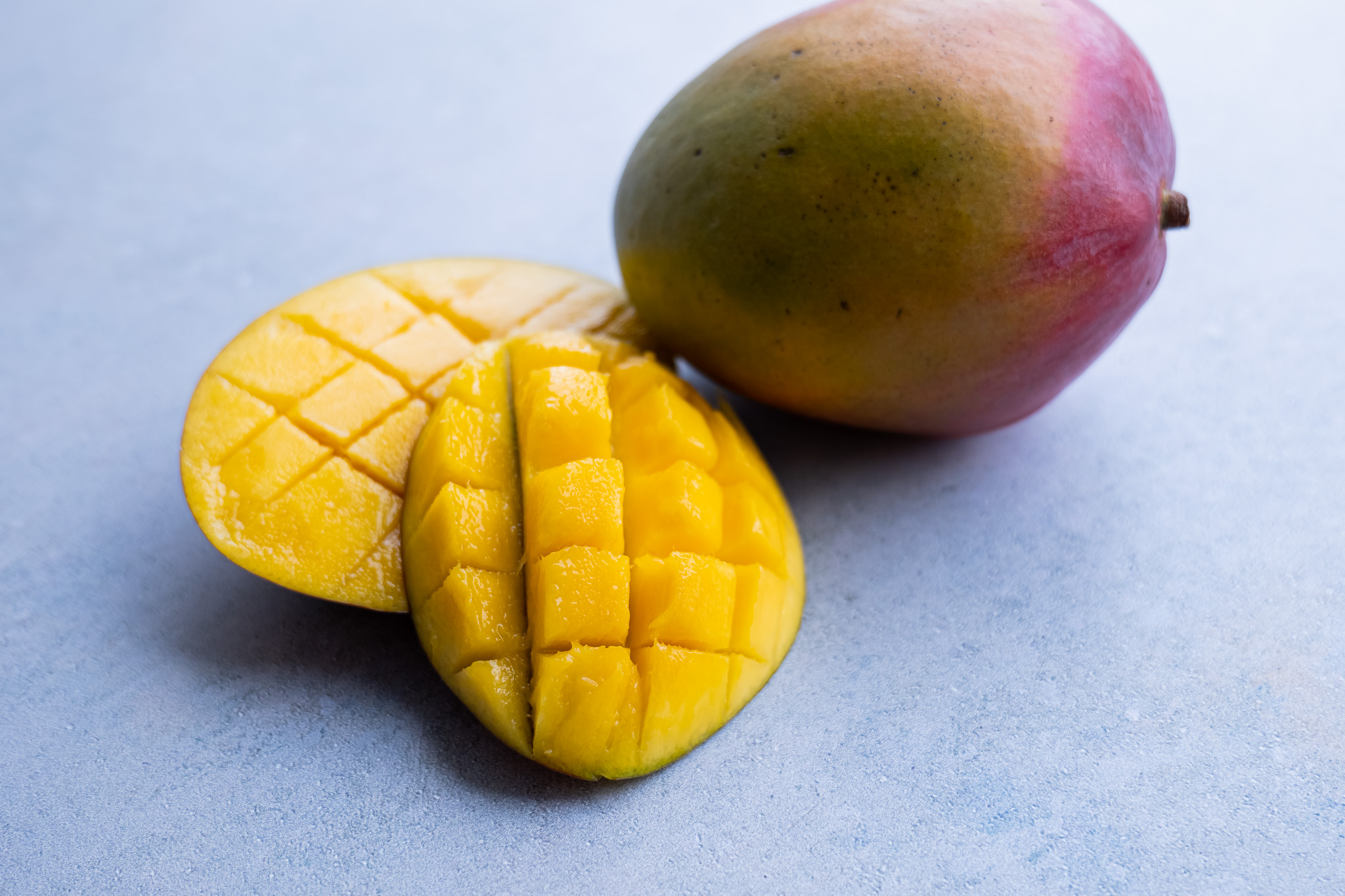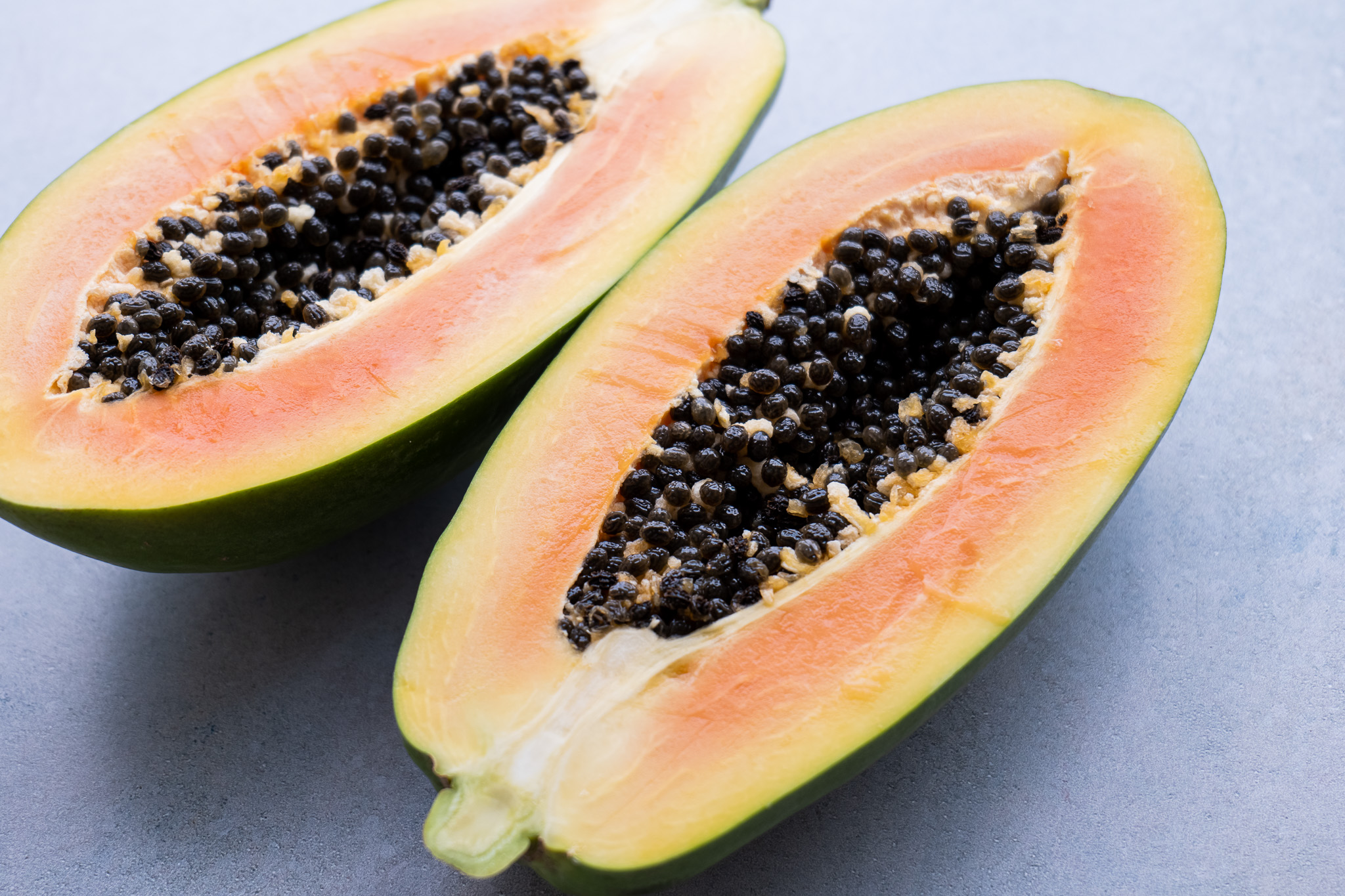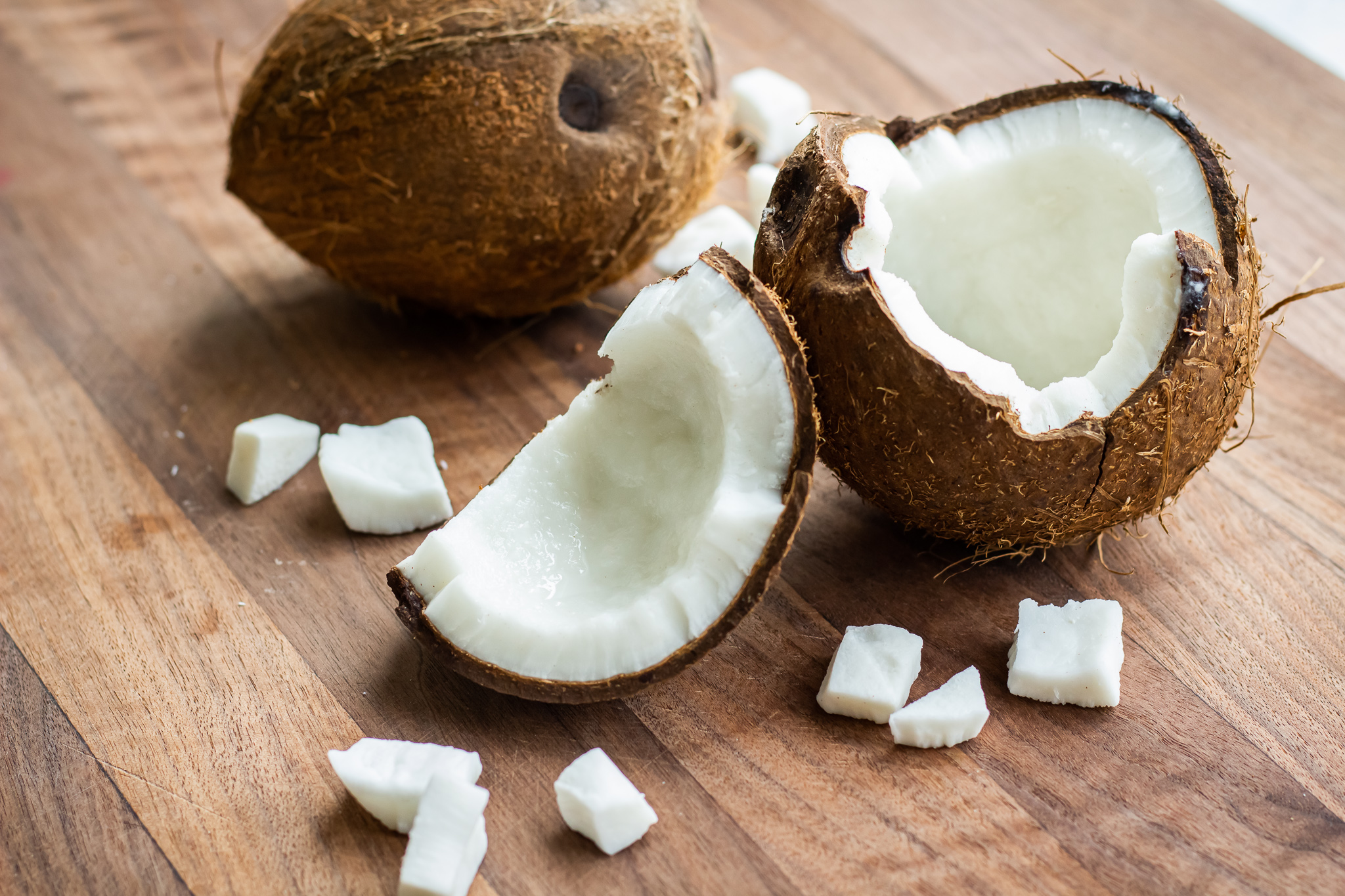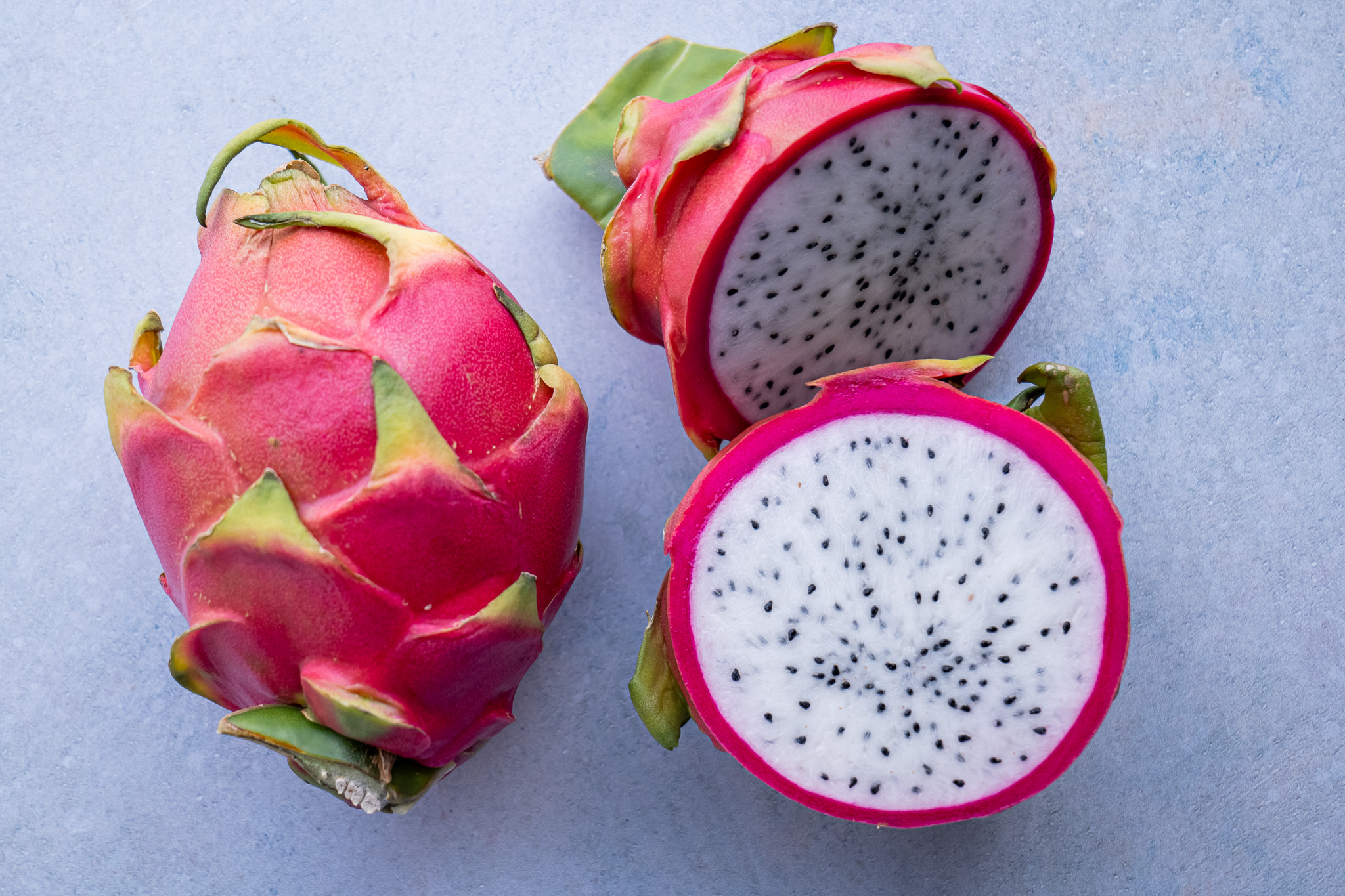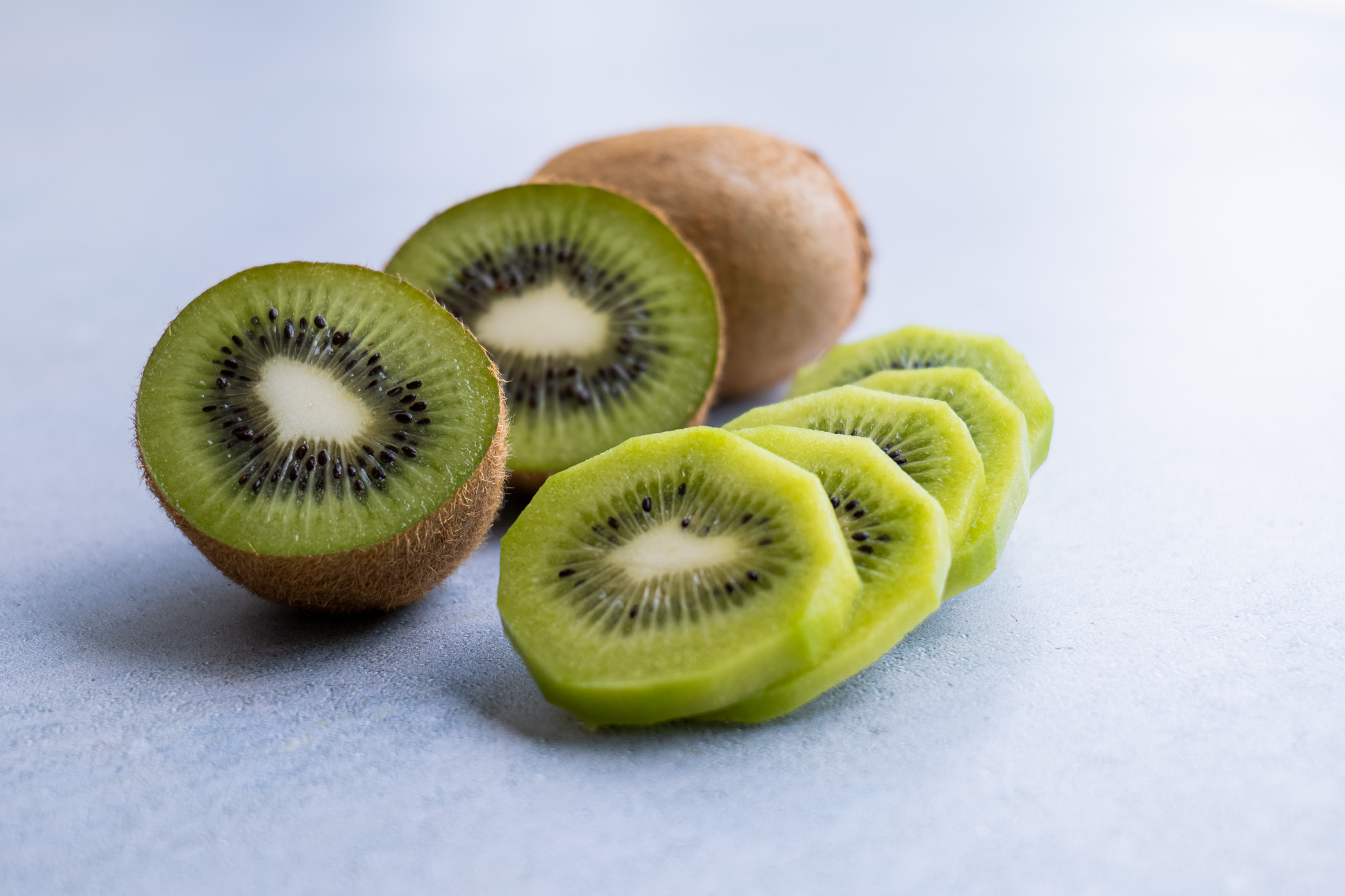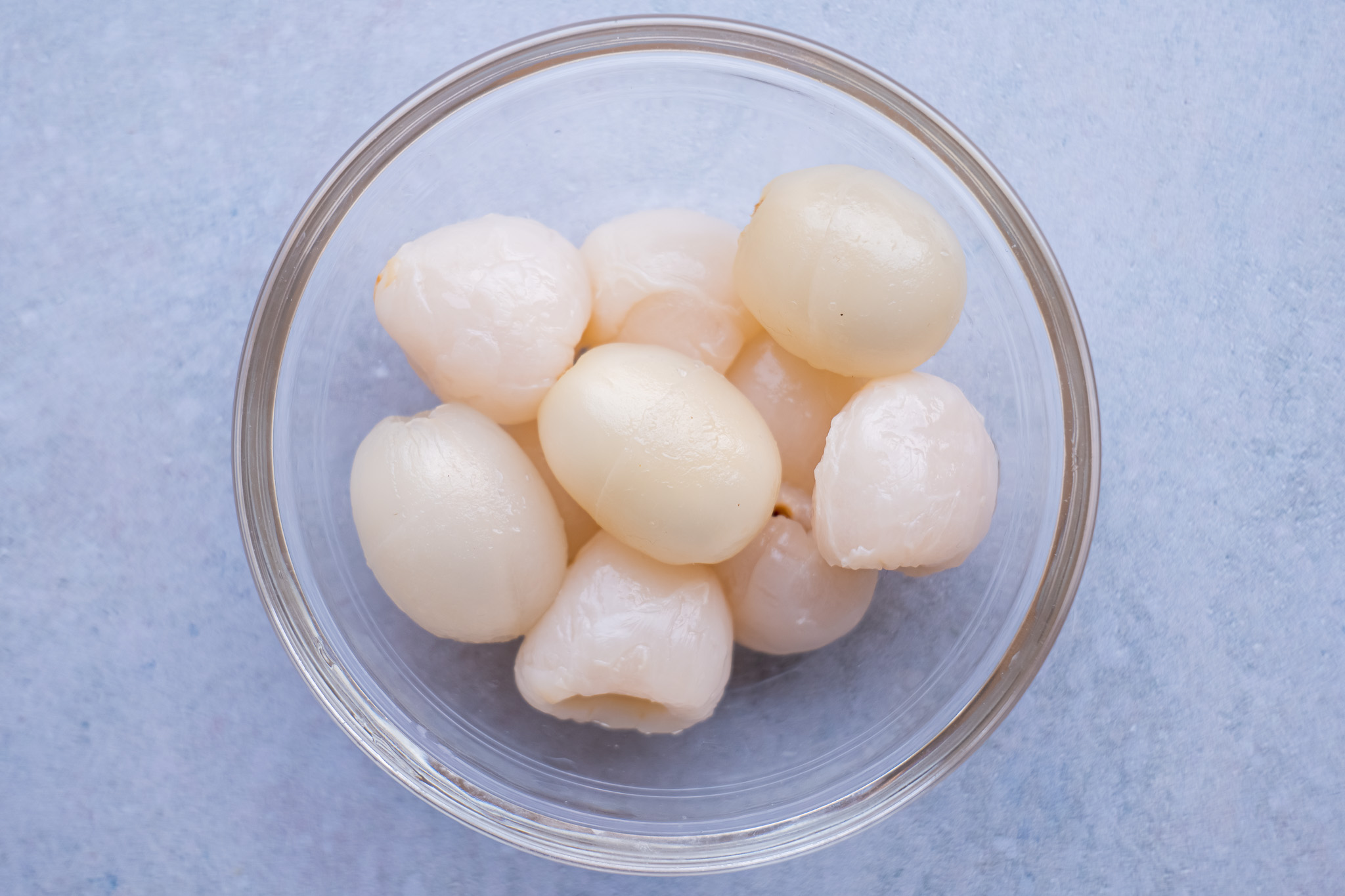Tropical Fruits
When you stroll down the produce section of a grocery store, you'll likely find an array of fruits that you don't usually see on a daily basis. These tropical fruits are some of the most unique and delicious that nature has to offer, and they offer a plethora of health benefits as well. If you're unfamiliar with tropical fruits, it can be daunting to figure out what to do with them.
That's where this grocery guide comes in, providing you with all the necessary information to help you navigate these exotic fruits.
The Types of Tropical Fruits and Their Uses
If you’re going to be adding more tropical fruits to your shopping cart, it’s great to know your options other than bananas. (We love bananas though!) Here’s a quick rundown.
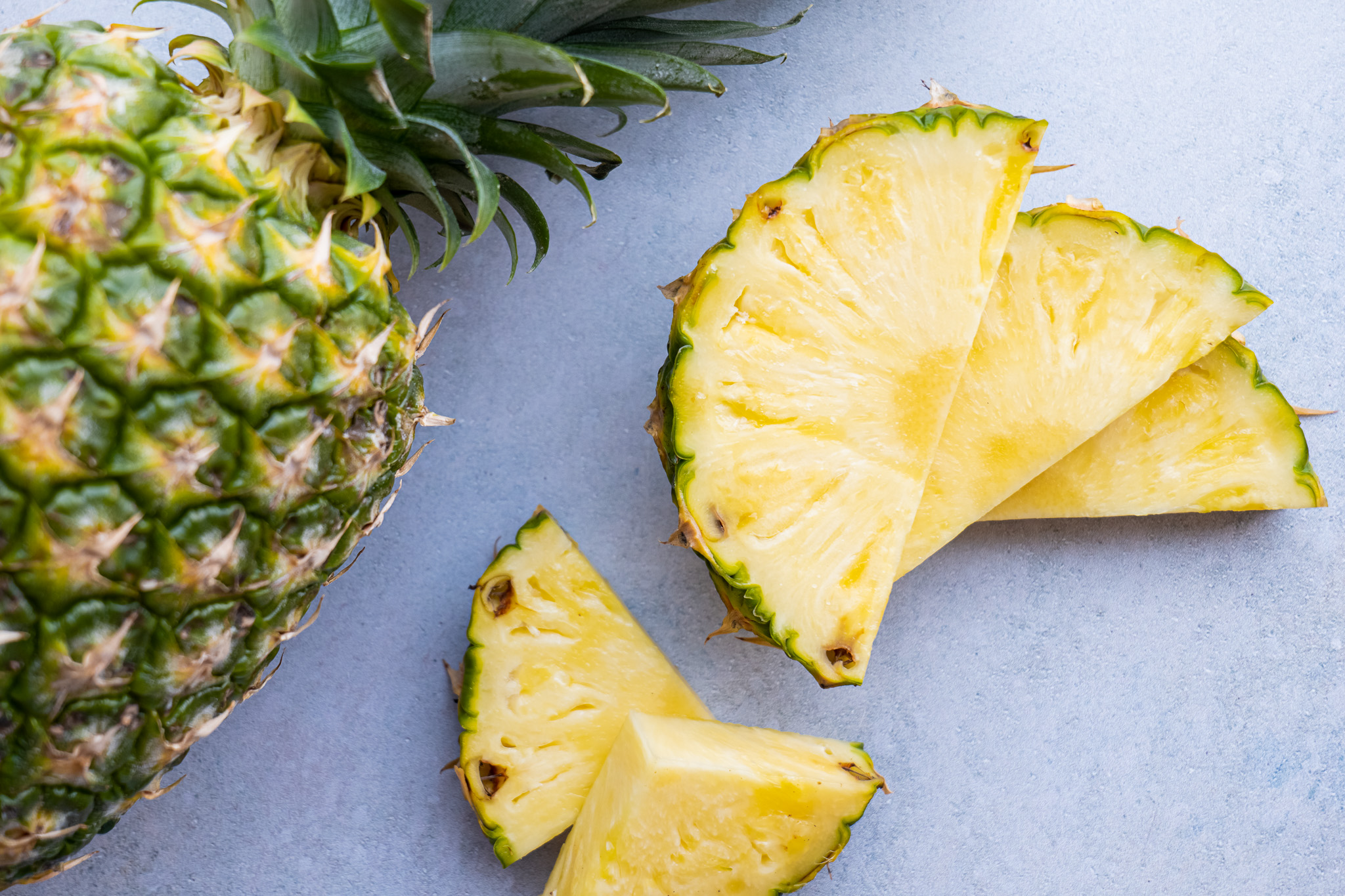 Pineapple
Pineapple
Once, this spiky and delicious fruit was celebrated as a symbol of wealth and luxury but over the last century or so it has become more accessible and consequently enjoyed by people all over the world. Pineapples can be found all around the world from Colombia to South Africa to Thailand.
Despite its rough and tough brown exterior, it's juicy, sweet, and packed with flavor. Its yellow flesh has a high amount of fiber, vitamin C, bromelain, manganese and other essential nutrients. While many have thought that pineapple is a type of citrus fruit, it in fact is not citrus but rather a group of berries that have grown together.
You can eat pineapple fresh, grill it, or even blend it into a smoothie. It’s not a bad idea to have a few slices ready in the fridge for a healthy energy boost and studies have shown that pineapples can help reduce inflammation and promote healthy digestion.
Mango
Distinctively oval in shape and covered in a yellow, or reddish skin, the mango is revered for its sweet, juicy, and aromatic flesh. Tasting somewhere between a peach, pineapple, and apricot, the mango is full of fiber, antioxidants, and vitamins A, C, and E among other antioxidants.
Mangos can make Indian-style curries pop, and can otherwise be used to full effect in smoothies, salads, salsas, and chutneys. They're even served with sticky rice as a Thai-style dessert.
Papaya
Often eaten raw, papaya is a tropical fruit that contains a refreshingly sweet flavor. Its greenish-yellow covers a juicy bright orange flesh and is filled with small but edible black seeds. Papaya has a soft and creamy texture that brings sweet, musky, and sometimes tart notes.
Due to its fiber, vitamin, and mineral content, papaya is great for supporting your immune system, providing numerous benefits to your health, digestion, and skin. Sometimes enjoyed in Thai salads, it can also be eaten fresh and provides a great topping for yogurt and smoothie bowls.
Coconut
With their hard and fibrous outer shell, coconuts are undeniably unique in their appearance and are praised for their versatility.
A source of healthy fats, coconut is a sublime choice if you need healthy fats, minerals, and fiber. While the flesh can be eaten fresh, or shredded for use in cakes and salads, other parts of the fruit have other uses. Rich in electrolytes, coconut water can make a great beverage, while coconut milk is a delicious dairy replacement, that can add creaminess to curries and smoothies alike. Coconut oil can also be used as a butter and animal fat replacement in cooking and baking.
Guava
High in vitamin C and with a little bit more citric acid than many of its other tropical fruit friends, guavas are prized for their sweet taste and unique aromas. The small, oval-shaped fruits are indigenous to South and Central America but are often grown in Asia and Africa. Its yellowish or light green skin can be eaten, but the seeds in the middle are inedible.
The guava fruit can be eaten fresh. It can be added to smoothies or turned into delicious jams and jellies, providing a tangy flavor reminiscent of strawberry and pear.
Dragon fruit
Dragon fruits are arguably the coolest looking fruits with their bright pink, or yellowish skin, covered in inedible greenish scales which resemble the mythical creature the fruit is named after. Despite their intriguing appearance, they’re sometimes disappointing flavor-wise. Native to Central and South America, the fruit has become widely cultivated in other parts of the world such as Asia and the Caribbean and has a pink or white flesh with tiny black seeds.
Texture-wise, dragon fruits are similar to kiwis and have a mildly sweet flavor with subtle notes of pear and kiwi. Dragon fruits are quite watery, hence their sometimes barely detectable taste, but are a good source of Vitamin C, antioxidants and fiber. It arguably works best as a garnish to salads, or for cocktails.
Kiwi
These brown, fuzzy fruits are synonymous with New Zealand, hence their name. Unique and refreshing in flavor, kiwis have a distinct tanginess, rarely found in other fruits. Packed with vitamin C, vitamin K, potassium and fiber, kiwis are a great snack choice but can be sublime in fruit salads, desserts and you’ve guessed it - smoothies.
Pineapple Guava
Otherwise known as the feijoa, this egg-shaped fruit is native to South America but is grown in sunny spots like California, New Zealand, and in certain parts of the Mediterranean region. It has a slightly grainy, creamy white flesh that provides a sweet and tangy pineapple-like flavor. Pineapple guava isn’t the most commonly known fruit, but its pear-like flesh and crunchier texture near the centre is stuffed with lovely vitamins and nutrients and can be eaten fresh.
Pineapple guava fits well into a plethora of smoothies, salads, savory dishes or desserts. It’s one of the more uncommon tropical fruits and a great option for those adventurous foodies looking to try something new.
Lychee
Native to China, the lychee fruit is now grown in various parts of the world. It has a rough, red outer skin that is easily peeled away to reveal a soft, white fleshy fruit inside. This fruity flesh is sweet and floral to the tongue and is similar to a combination of strawberries and grapes.
To use lychee, simply peel away the skin with your fingers or a knife, being careful not to damage the fruit inside. Remove the seed from the center and enjoy the sweet flesh. Lychees can be enjoyed as a snack on their own, added to fruit salads or smoothies, turned into a syrup with sugar and hot water to make delicious cocktails, or as a garnish for the very same drinks. In various Asian cuisines, lychees are often used in desserts or paired with savory dishes like chicken or duck.
If you like lychees, you may also like pulasans, longans, guineps or rambutan, which are all closely related.
Starfruit
Sometimes called a carambola, the star fruit is named after its distinctive five-point star shape and originates from Southeast Asia. A yellowy-greenish color, it has firm and juicy flesh that is slightly tart and sweet.
To use star fruit, first, wash it thoroughly with water and pat it dry. Next, cut off the ends of the fruit and slice it crosswise into thin, star-shaped pieces. The entire fruit, including the skin, is edible, but some people prefer to remove the skin before eating. Starfruit can be eaten on its own as a refreshing snack, or it can be used as a garnish or ingredient in fruit salads, smoothies, and cocktails. It also pairs well with seafood and poultry dishes. However, note that individuals with kidney problems should consult with their healthcare provider before consuming starfruit due to its high levels of oxalic acid.
Jackfruit
Jack is a tropical fruit commonly used in India and Southeast Asia. It has a rough green exterior with meaty yellow flesh. Its flavor is a combination similar to mango and banana. Jackfruit is popular as a protein substitute due to its meat-like texture, with many vegetarian recipes using it in place of pulled pork or chicken.
How to Shop for Them
When selecting fruits, make sure to opt for those that are currently in season and have reached full ripeness. The best fruits will have a brilliant color, no blemishes, and a sweet scent. If the fruit is too hard, then it probably isn't ready for eating or cooking with yet. On the other hand, if it is too soft, it could be overripe resulting in a bad taste and mushy texture.
If you need help in picking out the right fruit, don't be afraid to ask the staff at the store for advice. They may be able to tell you where the fruit is from and how ripe it is. Be sure the fruit is weighty for its size as that is an indicator of juiciness.
If you aren’t sure about any particular fruit, buy just a bit at a time. You don’t want to have a pile of fruit rotting in your kitchen.
How to Store Them
If you’re looking to keep your tropical fruits fresh and flavorful, you should take note of the different ways of storing them. The storage requirements will all depend on the texture and ripeness of the fruits.
Pineapples should be stored at room temperature until they ripen, but they are preserved for longer in the fridge. Cut pineapple will last about three days if kept in a refrigerated and airtight container, but you’ll want to throw them out on the compost heap after this, to avoid that “fuzzy” taste.
Fruit like mango or guava should be kept in an airtight container for around three days after the shell is cracked open. Shredded coconut can last 2 to 3 weeks at room temperature if stored properly and 3 to 4 months if stored in the fridge properly.
Kiwi, pineapple guava, and dragon fruits are best stored until ripe and refrigerated after that. Lychees are highly perishable and should be consumed soon after purchase or kept in the refrigerator for a few days.
Conclusion
Tropical fruits can be added to your diet for flavor and nutrition. Different types of tropical fruits have different flavor profiles, so it can be helpful to know where to start. When buying tropical fruits, choose those that are ripe and in season. Avoid fruits that are too hard or too soft as they may lack full flavor or have a mushy texture. Tropical fruits can be consumed fresh or as an ingredient in a recipe such as delicious smoothies, ice cream and other sweet desserts.
Experimenting with different ways to use tropical fruits can help you discover how to add flavor and nutrition to your diet. Try out our recipe for No Bake Pina Colada Bites!
